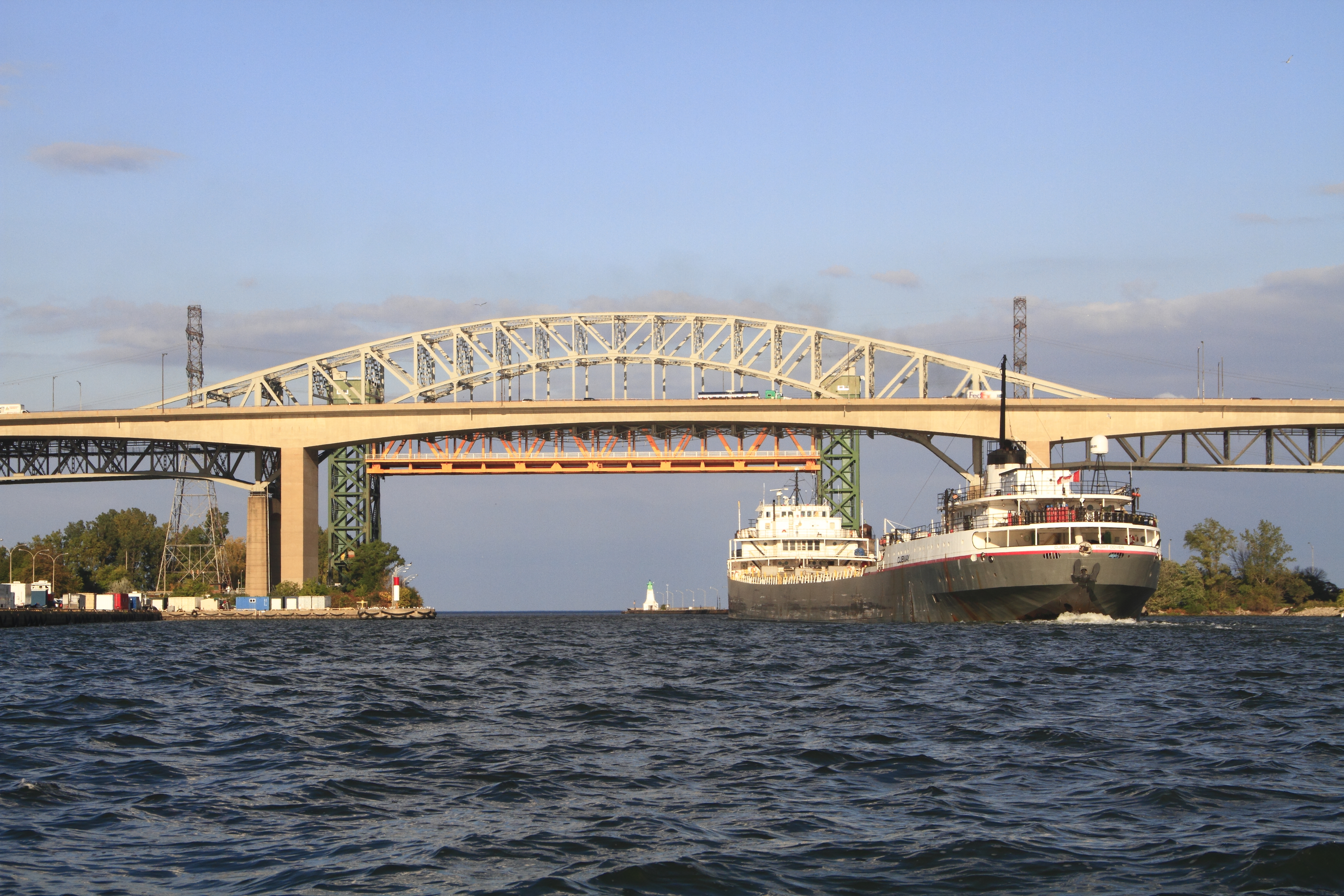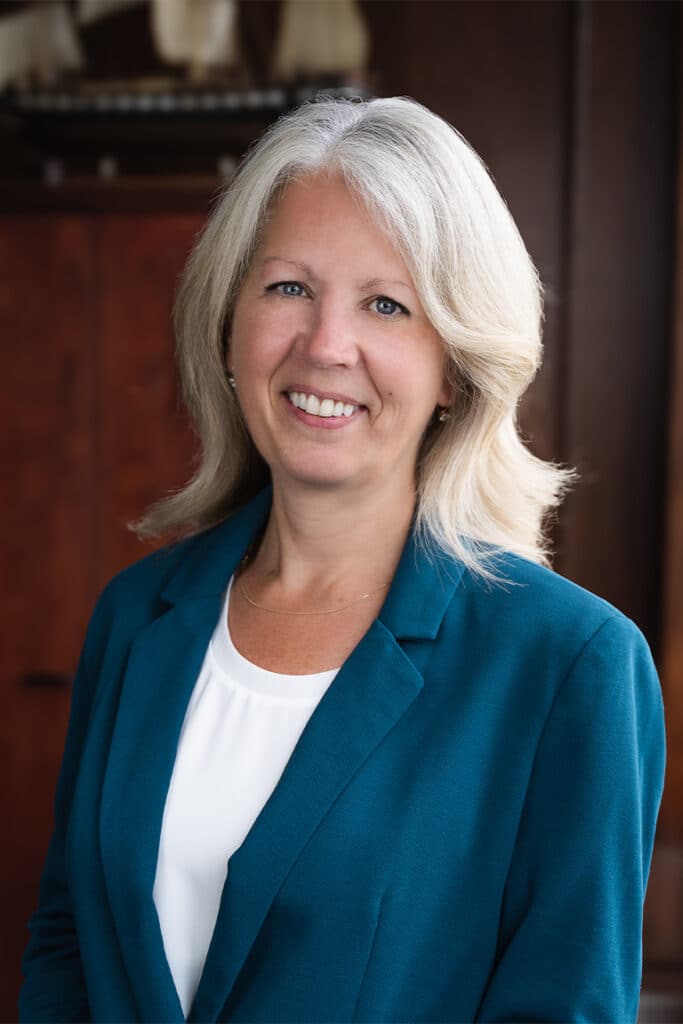Short-sea shipping offers a potential relief valve to congestion and greener option for many goods
For Immediate Release
June 29, 2022
CHICAGO, IL – In a presentation to the Great Lakes Economic Forum in Chicago this week, HOPA Ports highlighted the increasing viability of short sea shipping to move goods between some of the bi-national Great Lakes region’s most populous and congested centres.
Preliminary research conducted by Fluid Intelligence, a data analysis partnership of HOPA Ports and the McMaster Institute for Transportation and Logistics, is beginning to uncover candidate routes and commodities where short-sea shipping can supplement long-distance and cross-border truck routes.
‘Short sea shipping’ refers to city-to-city shipments using the Great Lakes as a marine-highway alternative to road-based transportation. The marine option has a number of advantages, including a significantly lower carbon footprint, along with the ability to bypass congested highways.
Fluid Intelligence’s preliminary results show that half a million tonnes of goods are currently making greater-than-100km trips every week between key origins and destinations in Southern Ontario and the US Midwest, representing approximately 2.5 million heavy truck trips per year. Short sea shipping could accommodate some of that traffic on a greener, less congested water route. “Short sea shipping on the Great Lakes is one of those ideas that’s been simmering for a long time, but recently, the stars are starting to align,” explained Larissa Fenn, HOPA’s Director of Public Affairs. “Population growth and highway congestion, driver shortages and fuel costs are all part of the equation making marine a more appealing alternative to road transportation. And of course, organizations are looking to lessen the carbon footprint of their supply chain. Short sea shipping helps tackle all of those problems.”
One marine vessel can carry the same amount of cargo as 963 transport trucks, and in moving the same amount of cargo, trucks emit 558% more CO2 per metric tonne/km.
The forthcoming study, Foundational Study on Cross-Border Short Sea Shipping Opportunities, will provide indications of the commodities that present the greatest opportunities. Primary plastics, newsprint and other types of paper, metal products and tires are just a few of the commodities occupying tens of thousands of trucks on the region’s highways each week. The Great Lakes Economic Forum presented an opportunity for HOPA Ports to engage Great Lakes leaders about the potentially expanding role for short sea shipping. “Our intention is to generate renewed interest and discussion about an idea whose time has come,” said Fenn. The final Fluid Intelligence report is expected to be released this fall.
About Hamilton Oshawa Port Authority:
As an integrated port network, the Hamilton Oshawa Port Authority (HOPA) offers port and marine assets in Hamilton, Oshawa and Niagara. An efficient, multimodal network on the Great Lakes, it supports Ontario industries and facilitates trade. By investing in high-quality infrastructure and prioritizing sustainability, HOPA helps build prosperous working waterfronts in Ontario communities. Overseeing more than 1,000 acres and more than 140 tenant companies, 40,000 Ontario jobs are connected to the cargo that passes through HOPA’s integrated ports.
-30-
For more information, please contact:
Larissa Fenn
Director Public Affairs & Corporate Secretary
905-518-7632
[email protected] | www.hopaports.ca






